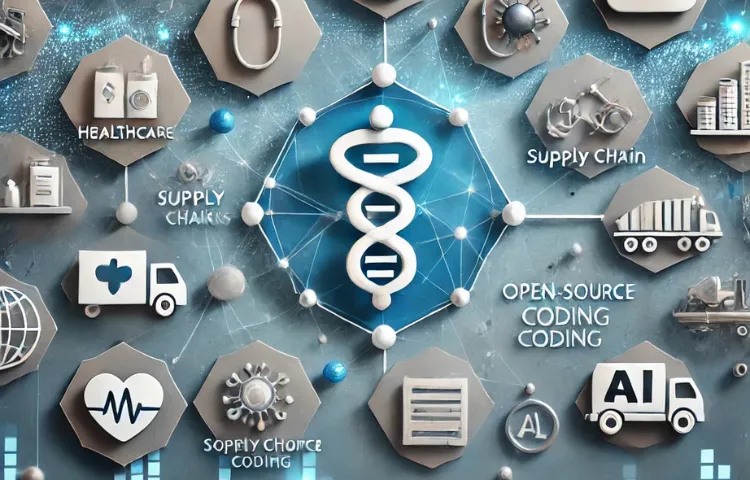

Prefer to listen instead? Here’s the podcast version of this article.
As we move deeper into 2024, Generative AI (GenAI) is no longer a buzzword confined to research labs and tech enthusiasts—it’s becoming a transformative force across industries. With innovations like Nvidia’s open-source NVLM 1.0 model and Microsoft’s enhanced Copilot, GenAI is making waves in productivity, automation, security, and sustainability. This blog post explores these developments in detail, providing actionable insights for businesses to embrace AI and unlock innovation.
What’s Driving the GenAI Surge?
1. Democratization and Widespread Adoption
According to Gartner, the adoption of generative AI models will skyrocket in the next few years. By 2026, over 80% of enterprises are expected to implement GenAI APIs or deploy applications powered by these models—compared to less than 5% in early 2023. This rapid growth is fueled by the convergence of:
Tip: Start small by experimenting with open-source GenAI tools and cloud APIs. Companies can pilot projects in content generation, customer interaction automation, or internal process optimization to identify areas of impact before scaling.
2. Open Innovation with Nvidia’s NVLM 1.0
Nvidia recently launched NVLM 1.0, an open-source alternative to models like GPT-4. This model supports multimodal tasks—making it effective in both language-based and visual applications, such as chatbots with image recognition capabilities. This shift toward open innovation enables:
Tip: Integrate open AI models to reduce costs and improve scalability. Use multimodal AI to enhance customer service with visual chatbots or interactive AI-powered marketing campaigns.
3. Microsoft’s AI Companion: Productivity at Scale
Microsoft’s revamped Copilot is embedding AI into familiar productivity tools like Word, Excel, and Outlook. This AI companion allows users to automate tasks such as email drafting, presentation design, and financial forecasting using natural language commands. Features such as:
Hack: Encourage teams to experiment with AI tools in everyday tasks—for example, automating routine reports or using AI to generate proposals. This will free up valuable time for strategic work, boosting both creativity and productivity.
4. Continuous Threat Exposure Management and AI Security
With AI becoming essential to operations, the need for trust and risk management has increased. Gartner highlights Continuous Threat Exposure Management (CTEM) as a crucial framework for businesses, predicting a two-thirds reduction in breaches for companies adopting this proactive approach.
Tip: Implement AI-powered security tools to monitor vulnerabilities and data drift. Establish a ModelOps pipeline to ensure AI systems remain ethical, secure, and reliable over time.
5. AI for Sustainability and Responsible Innovation
AI’s impact on energy consumption and sustainability is under scrutiny. Gartner projects that sustainable technologies, including GenAI, will be vital as companies align with environmental, social, and governance (ESG) goals. Businesses are increasingly exploring ways to reduce their carbon footprint through AI-optimized infrastructure.
Hack: Adopt sustainable AI practices by auditing model energy consumption and using efficient models. Companies can also integrate AI into supply chain management to identify areas for waste reduction and sustainability improvements.
How to Innovate with Generative AI: Actionable Steps
Final Thoughts: Preparing for the AI Future
Generative AI is rapidly shifting from an experimental technology to a strategic business tool. Companies that adopt AI early will gain a competitive edge, using it to enhance productivity, drive sustainability, and manage risk effectively. However, success will depend on implementing the right frameworks—balancing innovation with security and ethics.
WEBINAR